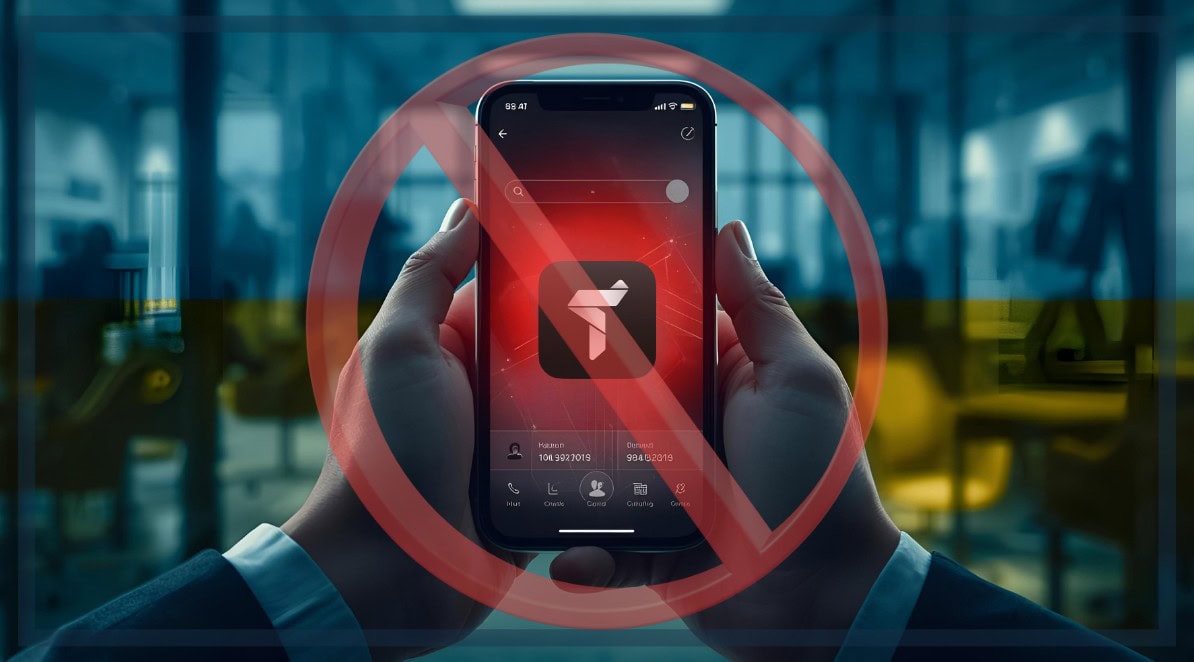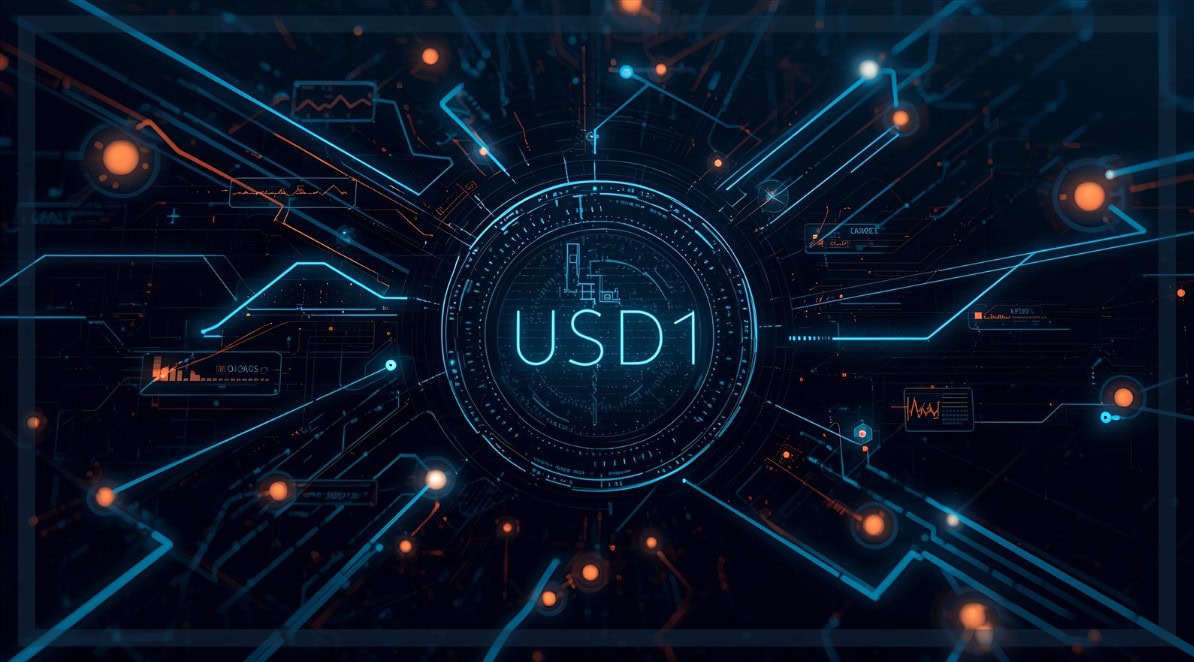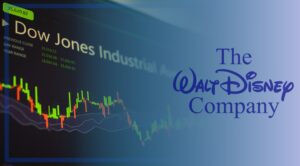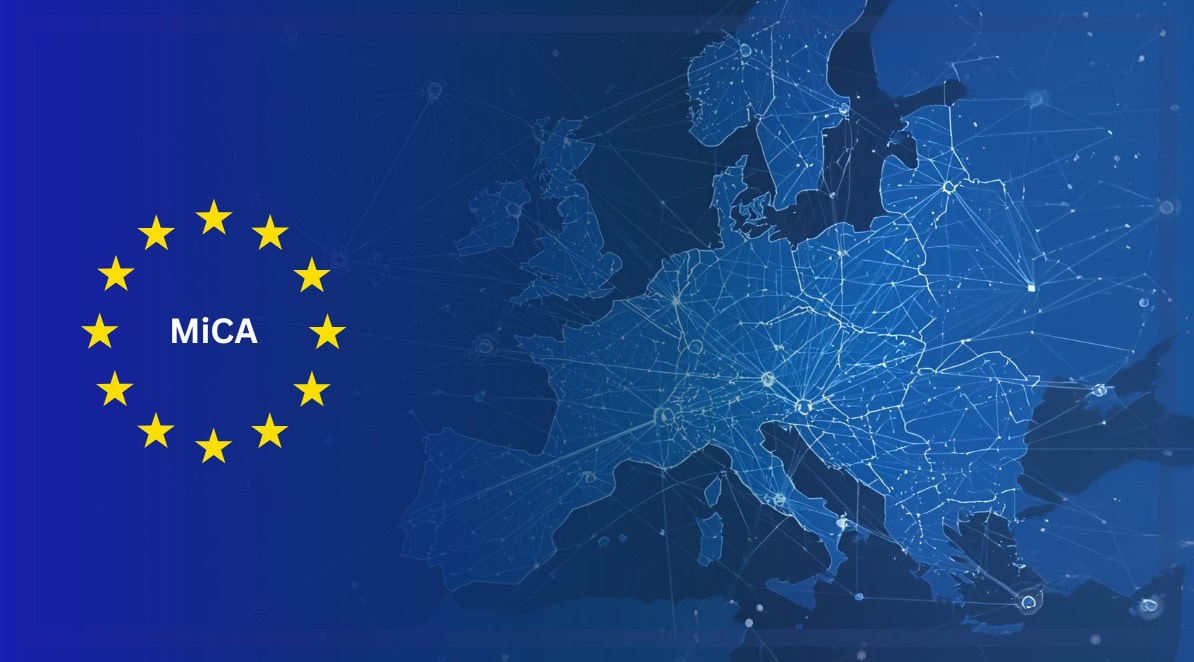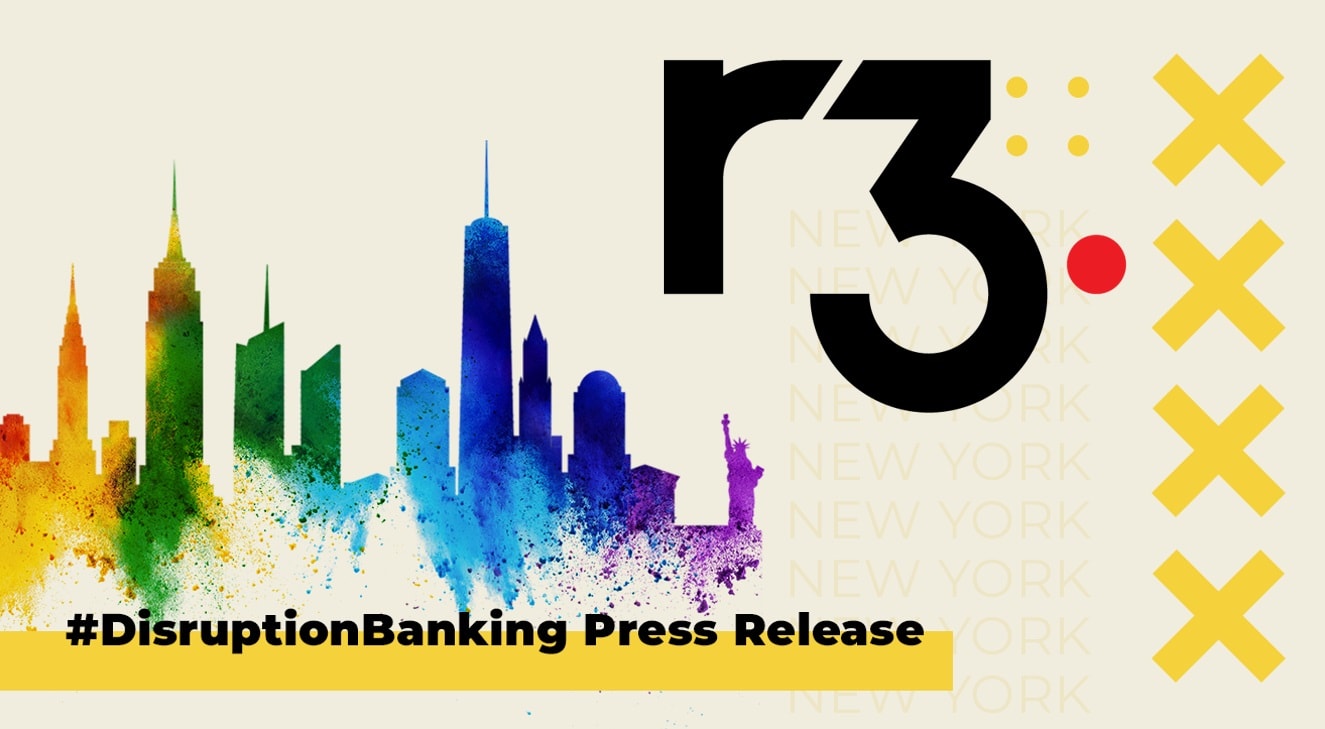Coinbase and OKX, two of the world’s largest centralized crypto exchanges, are expanding into Australia’s retirement sector by offering services tailored for self-managed superannuation funds (SMSFs). While crypto is not new to SMSFs, these new offerings will provide individuals with more streamlined ways to include digital assets in their retirement portfolios, while meeting audit requirements.
SMSFs make up roughly 25% of Australia’s total retirement assets, (US$700 billion of an estimated US$2.75 trillion). However, as of March 2025, Australia’s SMSFs only hold US$1.1 billion in digital assets. Coinbase and OKX undoubtedly aim to facilitate an expansion of the market in the coming years.
While $1.1 billion in digital assets represents a small fraction of total assets controlled by SMSFs, the figure represents a sevenfold increase since 2021. By comparison, in 2023, SMSFs held a combined US$94 billion in commercial and residential real estate. Investments in private equity and private debt have also grown in recent years.
Australia’s super machine: where the money sits
The superannuation system, Australia’s (mandatory) version of 401(k) plans in the U.S., stands as the fifth largest pension system in the world. While crypto is still uncommon, funds are heavily invested in the stock market, equities representing 60% of total assets. Of that 60%, half of equities are held in overseas markets.
The push by crypto companies to get into the multi-trillion dollar pension market hasn’t happened in a vacuum. Amidst ongoing trade tensions, the Australian dollar has gained 6% against the U.S. dollar in 2025, which has prompted some funds to consider reducing exposure to the U.S. Indeed, there have been reports of funds cutting their stake in U.S. treasuries.
Currency math, policy shocks—and a crypto hedge
Any such reduction en masse could drive the Australian dollar up even more, making certain U.S. investments less attractive, as any percentage gain in the U.S. dollar must be weighed against a strengthening Australian dollar. Crypto might be seen by SMSFs as a hedge against forex volatility, as well as overseas equity markets.
Indeed, Coinbase told Bloomberg that over 500 investors have already joined the waitlist for its SMSF service, with many planning to invest up to $100,000 each in digital assets. OKX, which launched a similar offering in June, reported stronger-than-expected demand.
If SMSFs successfully tap into digital assets, it stands to reason that employer and government-led funds, which represent the remaining 75% of Australia’s superannuation funds, will follow. A five-year study ending in 2023 showed that SMSFs outperformed traditional pension funds by 1.2%. If that trend continues with crypto increasingly part of SMSFs, it stands to reason that the larger funds will follow suit.
However, Australia maintains a robust regulatory system that has shown persistent skepticism regarding crypto. While continually shutting down fraudsters and scam websites, the Australian Tax Office, along with ASIC and AUSTRAC, have all urged investors to practice caution.
U.S. Rethinks Crypto in Retirement Accounts
Australia’s developments come as the U.S. also grapples with how cryptocurrencies should be integrated into retirement plans.
A Bitcoin option within 401(k) plans was first offered by Fidelity Investments in April 2022, allowing participants to allocate up to 20% of their retirement savings to Bitcoin. Technically, Alto was already doing this though, and we spoke to them in early 2023. However, the U.S. Department of Labor (DOL) quickly expressed concern, urging fiduciaries to use “extreme care” with crypto investments.
Since then, the percentage of Bitcoin present in 401(k) plans has remained low, estimated at below 1%, although data available to the DOL is limited. But that could soon change. In May 2025, the DOL officially withdrew its earlier warning and gave plan sponsors more discretion over crypto allocations.
While critics of the move called it reckless, the DOL maintained the department was simply removing their thumb from the scale, as opposed to endorsing crypto.
Executive order lobbed into the retirement debate
Then, a major policy shift came on August 7, when President Donald Trump signed an executive order titled “Democratizing Access to Alternative Assets for 401(k) Investors.” The order instructed the Labor Department to revisit existing retirement-plan rules, potentially opening the door for crypto and other alternative assets, notably private equity, to be included in defined-contribution plans like 401(k)s.
The move received mixed reactions. Labor Secretary Lori Chavez-DeRemer praised the order, stating, “The federal government should not be making retirement investment decisions for hardworking Americans, including decisions regarding alternative assets.”
Her comments underscored support for giving plan sponsors and individuals more choice, rather than having regulators restrict investment options.
Still, the specter of ERISA lawsuits remains, which might throttle pension funds’ near term embrace of crypto and other alternative assets. ERISA (Employee Retirement Income Security Act of 1974) establishes clear rules and guidelines expected of fiduciaries so that the best interests of plan participants are represented.
However, President Trump’s executive order specifically instructs the DOL to “reexamine its guidance regarding fiduciary decisions.” Continuing and elaborating on the order, in a news release, the DOL stated:
“The Secretary is also directed to prioritize actions that curb frivolous ERISA litigation, which can constrain fiduciaries from applying their best judgment when selecting investments and investment options.”
This may be easier said than done, as Congress and the Supreme Court each hold considerable power regarding pleading standards and litigation reform.
Where the Rubber Meets the Road
Ultimately, widespread crypto adoption within Australian and American pension funds will depend on performance. While regulatory hurdles remain in both systems, if a select few funds are yielding a substantially larger return on investment, other larger funds will take notice and be forced to reevaluate their approach.
In the U.S., lawmakers’ embrace of crypto might coax otherwise skittish fiduciaries into seeking potentially higher returns via crypto and private equity. If that happens, we will likely see a wave of investment and reallocations of funds.
The question is how long this transformation will take. As it stands now, the several trillion dollars held in pension funds in Australia and the U.S. hardly touch digital assets. If they begin to, they could command considerable sway, but not without carrying some considerable risk.
Author: Tim Tolka, Senior Reporter
#Crypto #Blockchain #Australia #Pensions
The editorial team at #DisruptionBanking has taken all precautions to ensure that no persons or organizations have been adversely affected or offered any sort of financial advice in this article. This article is most definitely not financial advice.
See Also:
Alternatives in your Retirement Plan with Alto | Disruption Banking
Pension Plans in the Age of Uncertainty | Disruption Banking
How Strong Will the Australian Dollar (AUD) Be In 2025? | Disruption Banking
The Rise in Popularity of Crypto in Australia with Alpha Node | Disruption Banking



